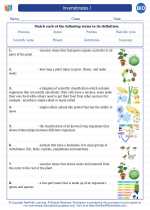Zonation in Marine Ecosystems
Factors Influencing Zonation
- Wave Action: The intensity of wave action can affect the distribution of marine organisms. For example, certain species may be more abundant in areas with strong wave action, while others thrive in calmer waters.
- Tidal Fluctuations: The rise and fall of tides can create distinct zones along the coastline, with species adapted to specific tidal conditions occupying each zone.
- Substrate Type: The composition of the substrate, such as rocky shores, sandy beaches, or muddy bottoms, can influence the types of organisms that can thrive in a particular area.
Examples of Zonation
One classic example of zonation in marine ecosystems is the rocky intertidal zone. This area is characterized by distinct bands of organisms, each adapted to the specific conditions of the zone in which they are found. The zones typically include the spray zone, high tide zone, middle tide zone, and low tide zone.
Adaptations of Organisms
Organisms in each zone have developed specific adaptations to survive in their respective environments. For example, species in the high tide zone may have adaptations to withstand desiccation and exposure to air during low tide, while those in the low tide zone are adapted to tolerate submersion in water for extended periods.
Human Impact
Human activities such as coastal development, pollution, and overfishing can disrupt zonation patterns and negatively impact the balance of marine ecosystems. Understanding zonation is crucial for effective conservation and management of coastal areas.
.◂Biology Worksheets and Study Guides High School. Invertebrates
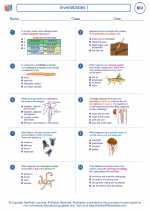
 Worksheet/Answer key
Worksheet/Answer key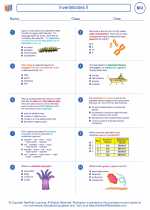
 Worksheet/Answer key
Worksheet/Answer key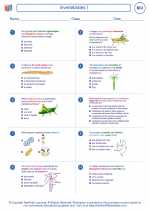
 Worksheet/Answer key
Worksheet/Answer key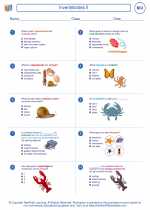
 Worksheet/Answer key
Worksheet/Answer key
 Worksheet/Answer key
Worksheet/Answer key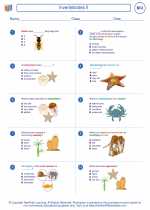
 Vocabulary/Answer key
Vocabulary/Answer key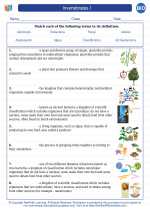
 Vocabulary/Answer key
Vocabulary/Answer key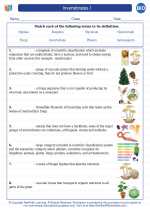
 Vocabulary/Answer key
Vocabulary/Answer key